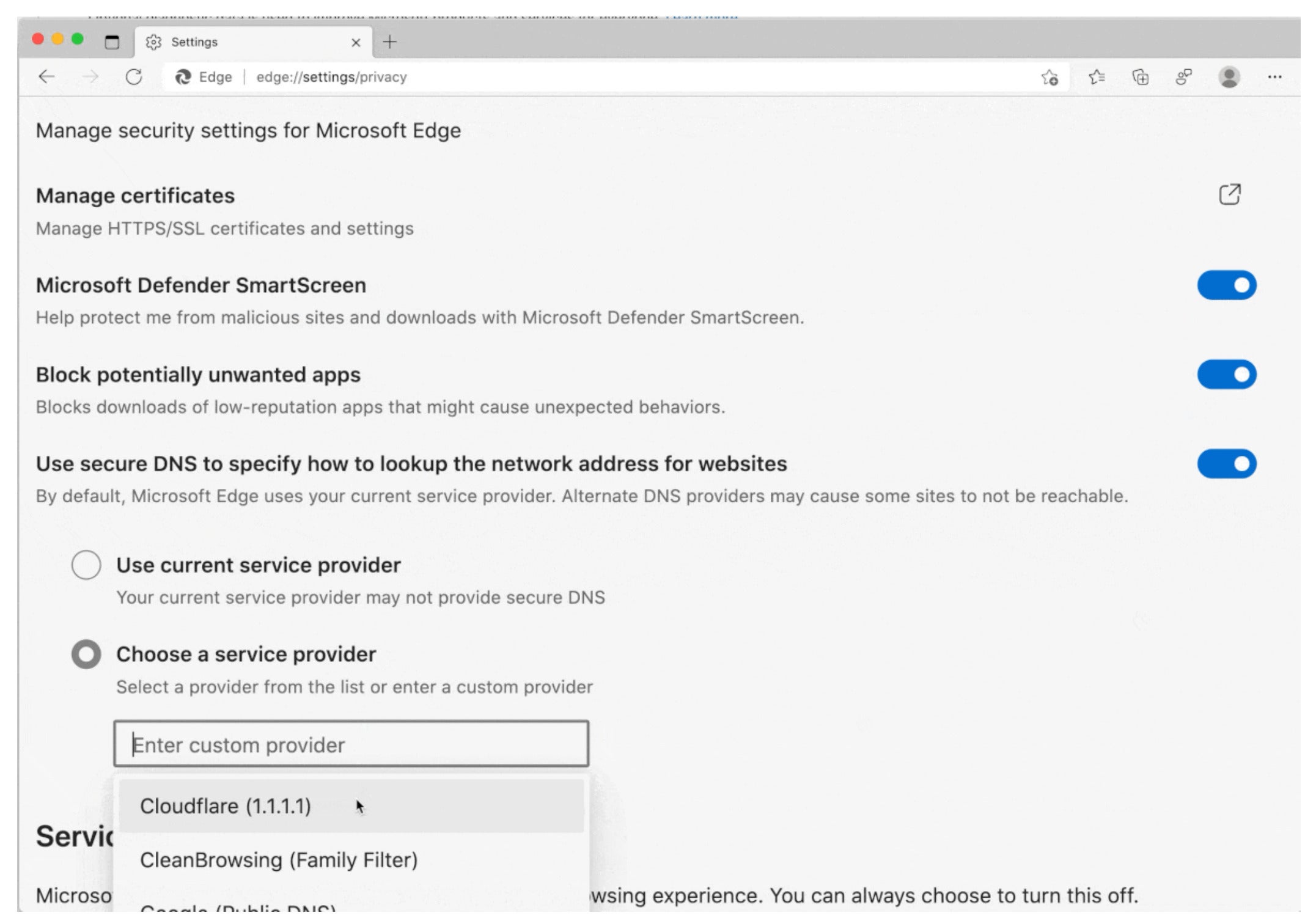


Grafana is supported in the current version of the following browsers. This is a known issue for more information, see issue #13399. Grafana can report errors when relying on read-only MySQL servers, such as in high-availability failover scenarios or serverless AWS Aurora MySQL. The bug has been fixed in more recent versions of PostgreSQL. Note: PostgreSQL versions 10.9, 11.4, and 12-beta2 are affected by a bug (tracked by the PostgreSQL project as bug #15865) which prevents those versions from being used with Grafana. See the links above for the support policies for each project. When a version becomes unsupported, Grafana may also drop support for that version. Grafana will support the versions of these databases that are officially supported by the project at the time of a Grafana version’s release. Grafana supports the following databases:īy default, Grafana installs with and uses SQLite, which is an embedded database stored in the Grafana installation location. The exact requirements depend on the size of the Grafana installation and features used. Grafana requires a database to store its configuration data, such as users, data sources, and dashboards. Some features might require more memory or CPUs. Grafana does not use a lot of resources and is very lightweight in use of memory and CPU. Installation of Grafana on other operating systems is possible, but it is neither recommended nor supported.

Refer to package.json for a complete list. To run Grafana, you must have a supported operating system, hardware that meets or exceeds minimum requirements, a supported database, and a supported browser. This page lists the minimum hardware and software requirements to install Grafana. Create a free account to get started, which includes free forever access to 10k metrics, 50GB logs, 50GB traces, 500VUh k6 testing & more.

You can use Grafana Cloud to avoid installing, maintaining, and scaling your own instance of Grafana.


 0 kommentar(er)
0 kommentar(er)
